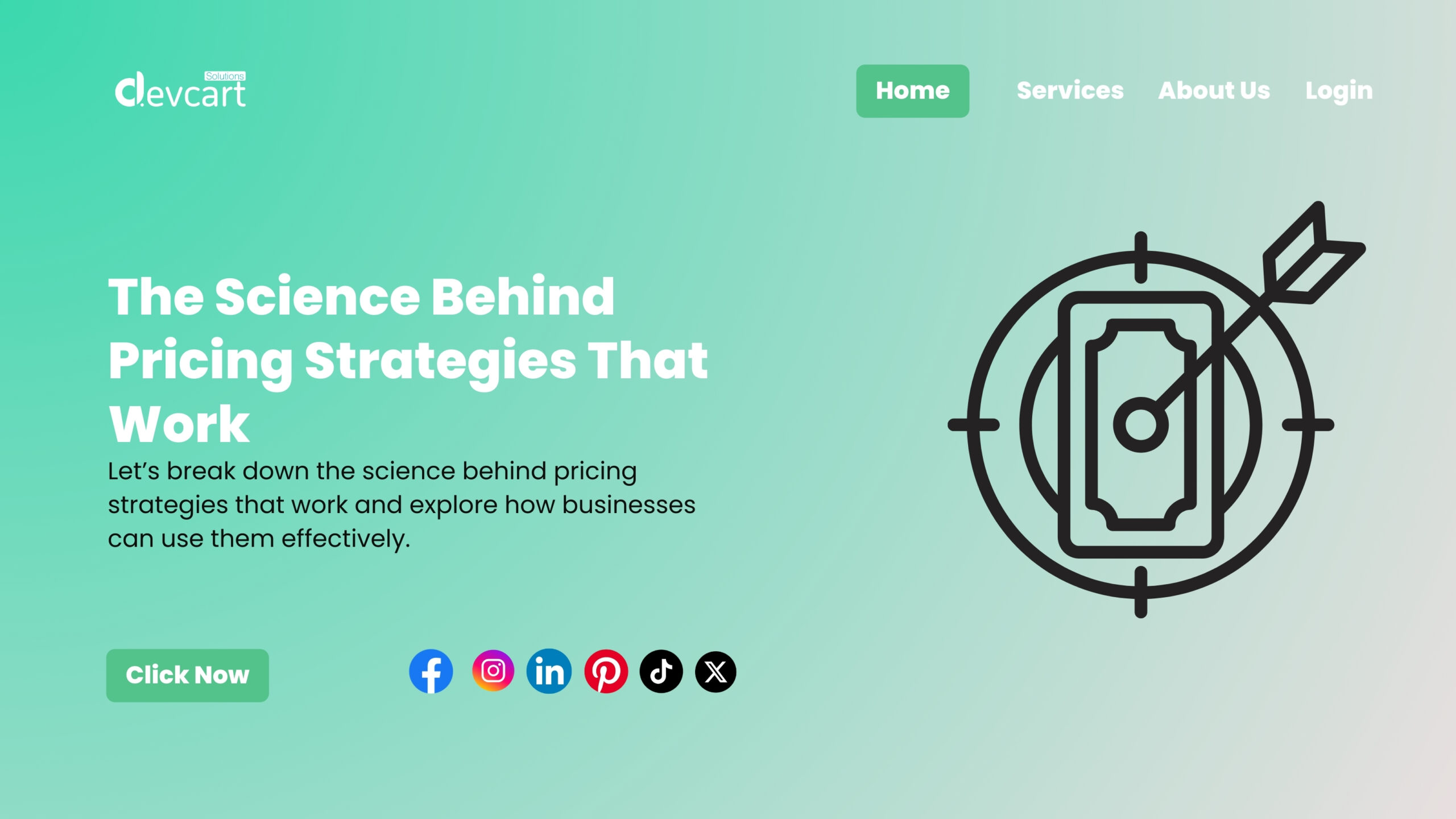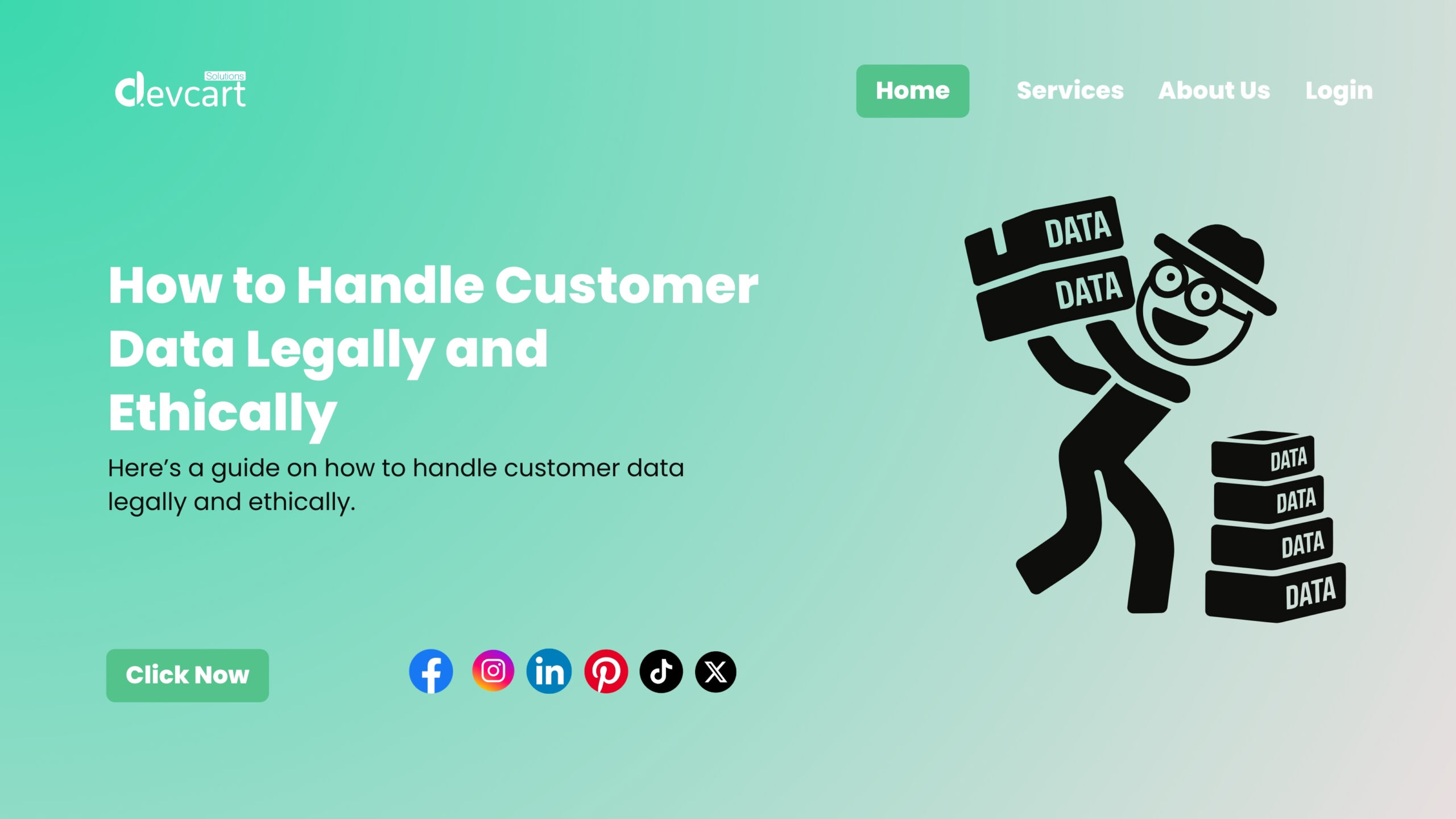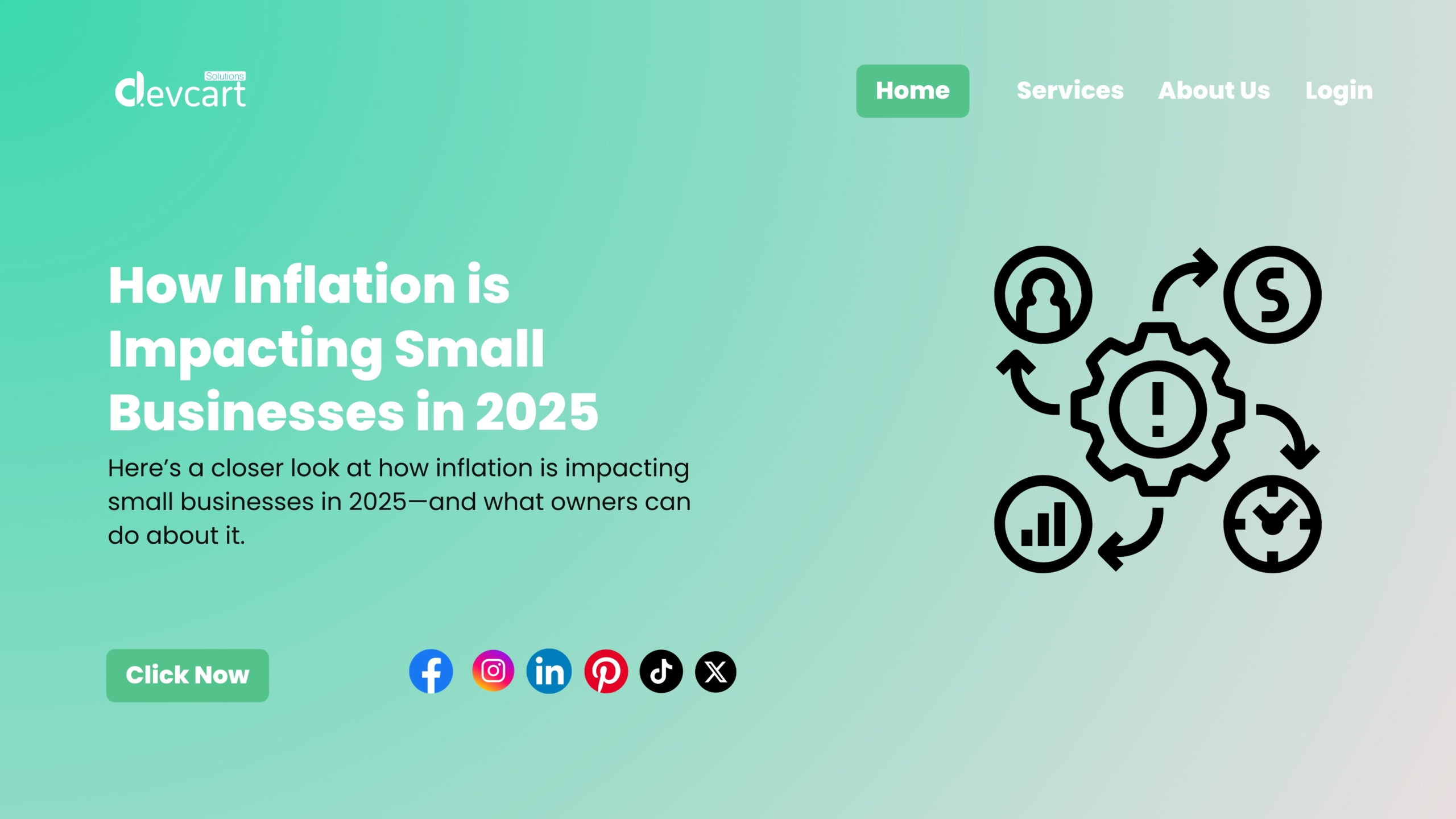Pricing isn’t just about putting a number on a product or service—it’s a science that blends psychology, economics, and marketing strategy. The right pricing can make the difference between a thriving business and one that struggles to survive. But how do you set prices that not only cover costs but also maximize profit while appealing to customer psychology?
Let’s break down the science behind pricing strategies that work and explore how businesses can use them effectively.
Why Pricing Strategy Matters
Pricing is more than a business decision—it shapes how customers perceive your brand. A price that’s too low might suggest low quality, while one that’s too high could drive customers away. Successful pricing strategies strike a balance between profitability and customer value.
Research shows that pricing influences:
- Perceived value: Customers often equate price with quality.
- Buying decisions: Small changes in pricing can significantly impact conversions.
- Brand positioning: Luxury brands, for example, rely on premium pricing to maintain exclusivity.
1. Cost-Based Pricing (The Basics)
This traditional strategy starts with the total cost of producing a product and adds a markup for profit.
Formula: Cost + Desired Profit = Price
- Pros: Simple, ensures costs are covered.
- Cons: Ignores customer psychology and competitor pricing.
Best for: Products with stable demand and little differentiation.
2. Value-Based Pricing (Customer-Centric)
Instead of focusing on costs, this strategy sets prices based on what customers are willing to pay.
- Example: Apple charges premium prices because customers perceive high value in design and innovation.
- Pros: Maximizes profit and strengthens brand positioning.
- Cons: Requires deep market research.
Best for: Differentiated products or services with strong customer loyalty.
3. Psychological Pricing (The Human Mind at Play)
Psychology plays a powerful role in pricing. Strategies include:
- Charm Pricing: Setting prices at $9.99 instead of $10 to make them feel cheaper.
- Anchoring: Showing a higher-priced option first to make the next one seem affordable.
- Decoy Effect: Adding a less attractive option to push customers toward a more profitable choice.
Research shows charm pricing alone can increase sales by up to 24%.
4. Competitive Pricing (Market Positioning)
Here, prices are based on what competitors are charging. Businesses either:
- Match the market (stay competitive).
- Price higher (position as premium).
- Price lower (attract budget-conscious customers).
Best for: Highly competitive industries like retail or SaaS.
5. Penetration Pricing (Winning Market Share)
A strategy where businesses set a low entry price to attract customers quickly, then gradually raise prices.
- Example: Streaming services offering low initial rates before increasing fees.
Best for: Startups or businesses entering crowded markets.
6. Skimming Pricing (Early Adopters First)
This involves starting with a high price when launching a new product and lowering it over time.
- Example: New smartphones often launch at premium prices, which drop as demand stabilizes.
Best for: Innovative products with high early demand.
7. Bundling and Tiered Pricing
Offering products or services in packages can increase perceived value.
- Product Bundling: Example: Fast food meal deals.
- Tiered Pricing: Example: SaaS platforms offering basic, standard, and premium plans.
This works because customers often see bundles as better value, even if they spend more overall.
8. Subscription Pricing (Recurring Revenue)
A growing model in digital products, SaaS, and services. Customers pay regularly (monthly or annually).
- Pros: Predictable revenue stream.
- Cons: Requires strong customer retention strategies.
Best for: Software, media, and service-based businesses.
9. Dynamic Pricing (Adapting in Real-Time)
Prices adjust based on demand, competition, and customer behavior.
- Example: Airlines and ride-sharing apps like Uber.
Best for: Businesses with fluctuating demand.
10. Freemium and Pay-What-You-Want Models
- Freemium: Offer a free version, charge for premium features (common in SaaS).
- Pay-What-You-Want: Lets customers decide the price, often used in creative industries or fundraising.
These models leverage customer goodwill and psychology to drive revenue.
The Role of Data in Pricing
Modern businesses use analytics and AI to optimize pricing. Tools track:
- Customer behavior.
- Market trends.
- Competitor prices.
- Conversion rates at different price points.
Data-driven pricing allows for continuous refinement, ensuring strategies evolve with the market.
Final Thoughts
The science of pricing is a mix of math, psychology, and strategy. The best pricing model depends on your industry, product, and customer base. Businesses that succeed are those that test, analyze, and adapt their pricing over time.
The key takeaway: Don’t just set prices—strategize them. The right pricing strategy can boost profits, improve brand perception, and win customer loyalty.















